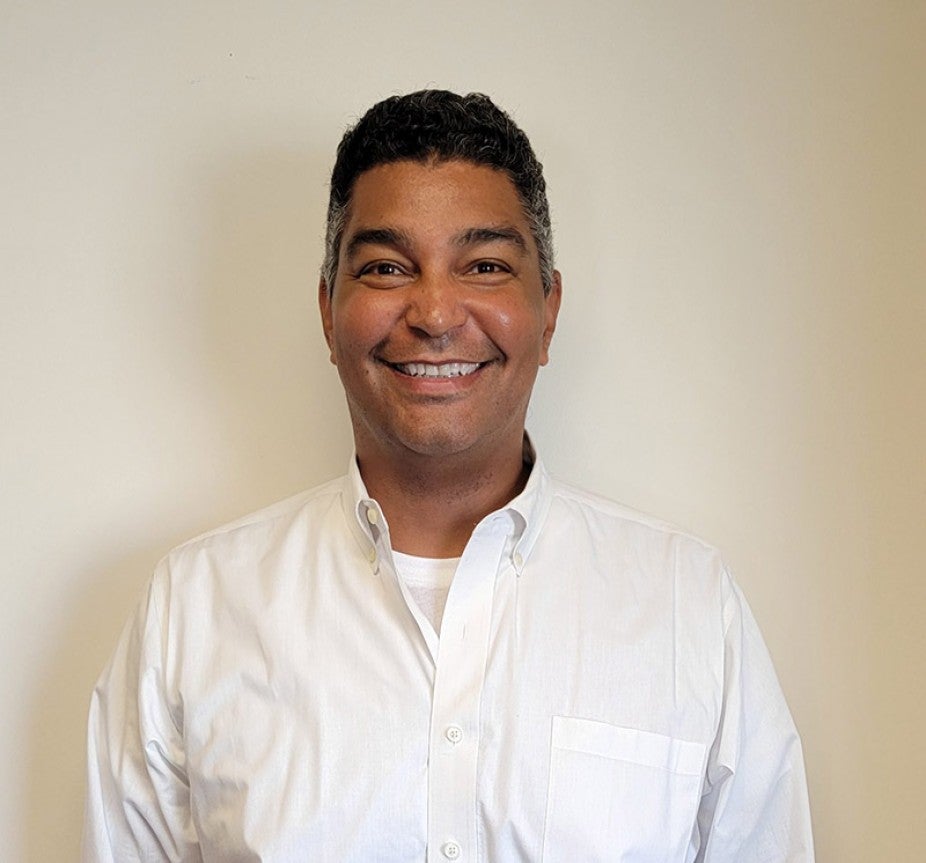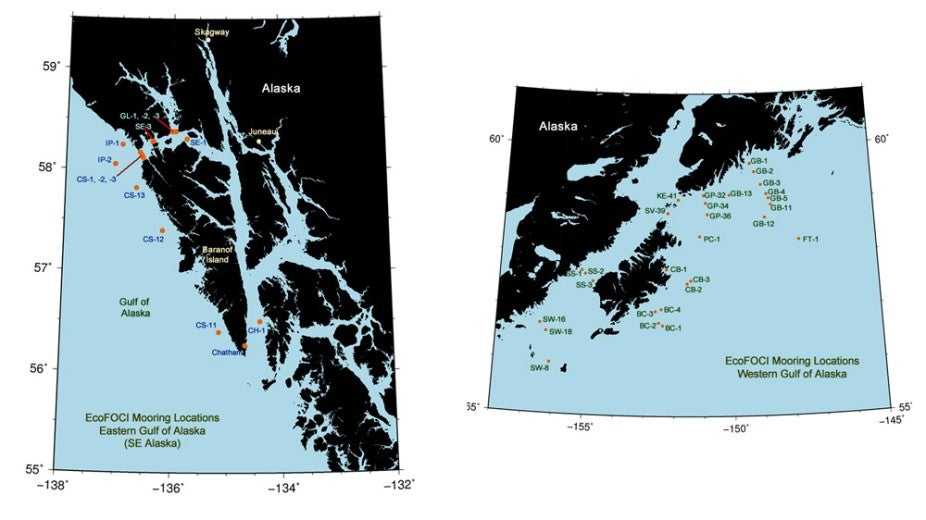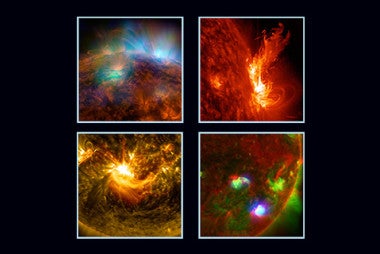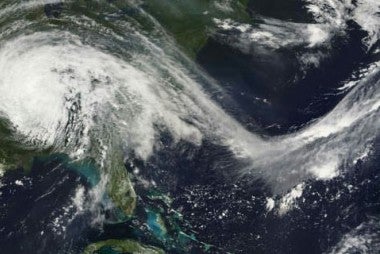LEAD graduate David Allen leads GOMO’s Arctic Research Program
Whether born or made, most leaders hone their skills through experiential learning. To reinforce experiential learning, UCAR | Cooperative Programs for the Advancement of Earth System Science (CPAESS) developed a year-long Leadership Exploration and Development (LEAD) program to prepare new leaders, inspire collaboration, and bridge inter-program and interagency partnerships.
“It covers everything from the legal fundamentals of being a supervisor to creating a better environment for your direct reports, as well as different ways to be introspective and grow as a person, co-worker, and leader,” says CPAESS Program Specialist and NOAA Affiliate David Allen, a recent graduate of the LEAD program.
“Not everyone who takes on a management role comes to it fully equipped with the necessary skills to lead.”

David Allen is a CPAESS Program Specialist and NOAA Affiliate at NOAA’s Arctic Research Program within the Global Ocean Monitoring and Observing (GOMO) program
Credit: NOAA
While Allen is a UCAR | CPAESS employee, he is based in Silver Spring, Maryland at NOAA’s Arctic Research Program that sits within the Global Ocean Monitoring and Observing (GOMO) program where he collaborates with other NOAA managers and scientists. He found the LEAD training especially helpful because it fostered a sense of community and connection with co-workers on UCAR’s main campus in Boulder, Colorado to those, like him, who joined the program from an off-site location.
Allen’s cohort represented a cross section of UCAR from program managers to machinists and support staff. He notes that while UCAR’s core function is scientific, the organization feels like a city, its central hub at Boulder with spokes extending to specialists distributed across the country who are integrated into federal government units like GOMO. This makes LEAD an important tool for creating continuity and linkages among participants.
As a supervisor and program manager in GOMO’s Arctic Research Program, Allen has taken what he learned in the LEAD classroom into the field – to far-flung corners of the globe.
GOMO provides and supports global ocean observations – including Arctic observations – and research aimed at improving and informing society about the ocean’s role in the Earth system, as well as its role in environmental change. Observations such as these are used in climate and weather prediction models and long-term monitoring of the oceans increases our knowledge of trends that support hurricane prediction, maritime navigation, commerce, as well as the health of coastal communities. (Source.)
Like many federal program managers, Allen is a leader on a small team, tasked with big responsibilities and outsized impact. His team is responsible for supporting principal investigators who collect, archive, and manage a range of observations related to sea ice growth or decline, measures of atmospheric and oceanic health, and marine ecosystems.
“My main portfolio is focused on managing marine ecosystem observations,” says Allen. “It includes a constellation of three cruise vessels that maintain a mooring network and a number of in-situ ecosystem observations in the Arctic.” These moorings along the Arctic coast consist of platforms, often a buoy, that are outfitted with instruments to collect data on water quality, organisms at the ocean floor, ocean acidification, or harmful algal blooms among others.

Mooring locations in the Western Gulf of Alaska and Eastern Gulf of Alaska. These moorings along the Arctic coast consist of platforms, often a buoy, that are outfitted with instruments to collect data on water quality, organisms at the ocean floor, ocean acidification, or harmful algal blooms among others.
Credit: NOAA Eco-Systems and Fisheries-Oceanography Coordinated Investigations (EcoFOCI)
All of this work is aimed at creating an accurate picture of the state of the Arctic Ocean over time that is needed to support long-term research and analysis. But to do so requires participation from many interagency and international partners pooling resources, expertise, and data.
To that end, Allen is one of three co-chairs of the U.S. Arctic Observing Network (US AON) Board, a cross-section of federal agencies and organizations that exists to foster and integrate Arctic-wide strategic planning and partnerships. The UW AON was established by NOAA in 2016 but it grew out of a 2006 report, Toward an Integrated Arctic Observing Network, that studied environmental changes in the region and implications of those changes. Among the US AON partners is the Sustaining Arctic Observing Networks, an international initiative driven by a similar mission: improving Arctic observing and data systems.
Further, Allen is involved with the Interagency Arctic Research Policy Committee (IARPC), co-leading its Field Operations Community of Practice tasked with “integrating and improving monitoring, observing, modeling and prediction to advance Arctic research.”
“Coordination is crucial because no one can do it alone and every partner has data and information needs as well as data and information to offer,” says Allen.
UCAR | CPAESS benefits from researchers like Allen being embedded at NOAA and the inter-agency scientific coordination that results. “And the federal community really benefits from being able to leverage the opportunities and efficiencies that UCAR brings to the table,” notes Allen. “It cuts both ways.”









